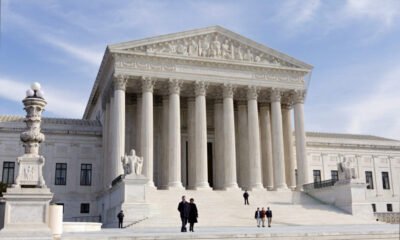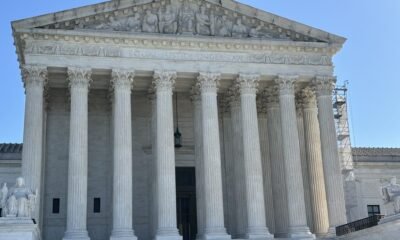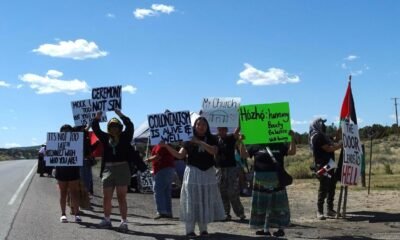arizona
Navajo Nation and Mining Company Engage in Talks After Uranium Ore Transport Ban

Negotiations initiated last week between the Navajo Nation and Energy Fuels Resources, Inc. (EFRI) focus on the transportation of uranium ore across Navajo lands to a processing facility in Utah. Both parties reported a productive dialogue, emphasizing their commitment to continue discussions in good faith.
The talks were prompted by EFRI’s actions in late July, when it transported uranium ore from the Pinyon Plain Mine near the Grand Canyon to White Mesa Mill in Blanding, Utah, without prior arrangements or notification to the tribe. The routes for transportation cross several tribal communities, affecting the Navajo, Hopi, Havasupai, and Ute Mountain Ute lands.
In response to the unannounced transport, Navajo Nation President Buu Nygren enacted an executive order on July 31, mandating that an agreement be established before any radioactive material can pass through tribal land. This order will remain in effect for six months. Shortly after, Governor Katie Hobbs’s office disclosed that a voluntary pause on uranium transport had been negotiated with EFRI.
As of August 16, progress continues, with Hobbs indicating that talks are ongoing. “I’m pleased to see these conversations taking place, and I appreciate EFRI’s decision to extend their voluntary pause,” Hobbs stated. She urged for an acceptable solution as negotiations carry on, recognizing the significance of the issue. Furthermore, the governor’s administration will collaborate with both the Navajo Nation’s emergency management team and Coconino County for any necessary incident response planning.
Nygren expressed gratitude to Hobbs for her swift actions concerning EFRI’s transport, while EFRI’s CEO Mark Chalmers acknowledged the productive discussions, expressing optimism about reaching a reasonable agreement to manage public health and safety effectively.
Despite the ongoing negotiations, concerns persist from state officials, tribal leaders, and environmental advocates regarding the Pinyon Plain Mine’s operations. Various groups have organized protests along the transport route, reflecting community apprehensions. The Havasupai Tribe, in particular, has openly opposed the mine, citing risk to sacred sites and condemning EFRI’s lack of communication when they commenced transport.
Recently, Arizona Attorney General Kris Mayes reached out to the U.S. Department of Agriculture, urging the Forest Service to conduct a supplemental Environmental Impact Study (EIS) for the Pinyon Plain Mine. Mayes pointed out that the original EIS, completed 38 years ago, no longer aligns with current scientific understanding regarding risks to groundwater supplies in the region.
Located within the culturally and geologically significant lands of the Baa Nwaavjo I’tah Kukveni, the mine poses threats to areas like the Red Butte Traditional Cultural Property and Kaibab National Forest. “An updated EIS is crucial to reflect advances in groundwater modeling, which indicate that the previous EIS’s findings may be incorrect,” Mayes stated. She warned that failing to complement the EIS could have disastrous effects for vulnerable communities, particularly the Havasupai Tribe.


















